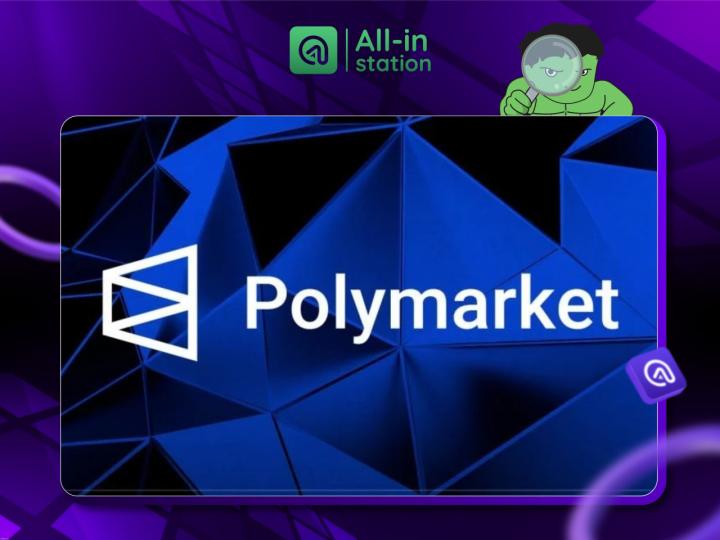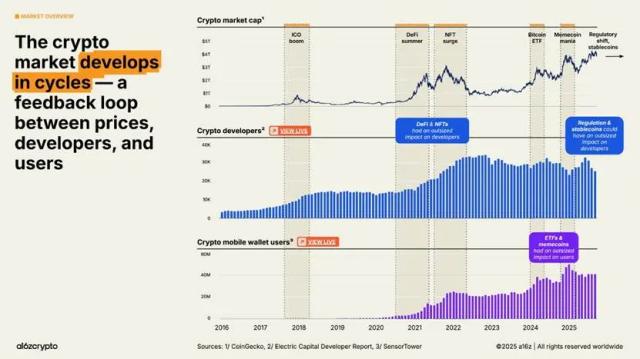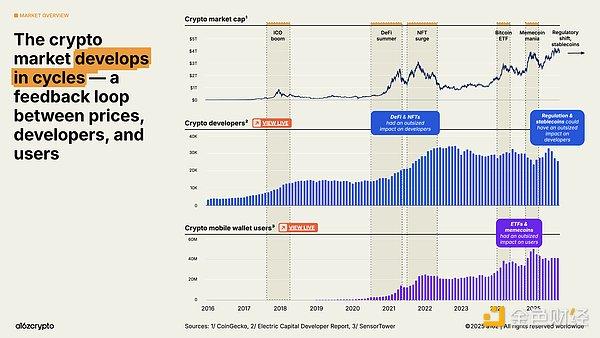Author:wasdmedia.eth
Translation: MetaCat
Typesetting: MetaCat
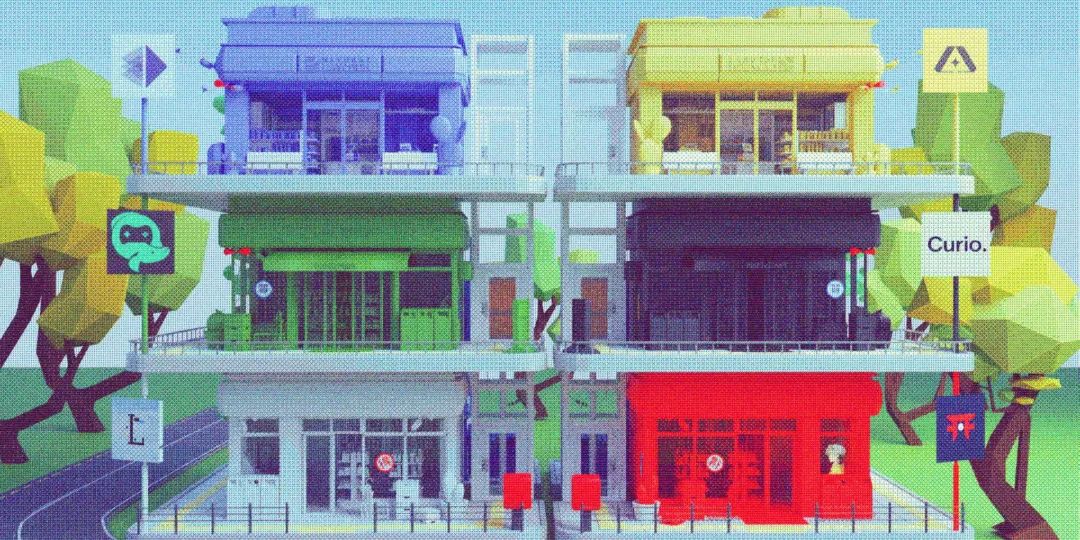
GM gamers,
It’s always fun to experience a single on-chain game.
But it’s equally important to understand the complexity of its underlying infrastructure.
Infrastructure is crucial to the success of on-chain games as it directly affects game quality, user experience and the overall success of the game. The robust infrastructure ensures fast, cost-effective and efficient transactions, supports complex game logic, and helps provide a seamless gaming experience.
All of these are critical to attracting and retaining players.
Today, we’ll take a look at some of the Layer-2 frameworks built specifically to address these challenges and help make the on-chain gaming revolution possible.
Problems with current infrastructure
A common explanation for the lack of “breakthrough on-chain games” is that the underlying infrastructure “isn’t ready yet.”
As a result, many games remain in the proof-of-concept stage, characterized by simplistic gameplay, buggy clients, limited player involvement, and limited mod developer involvement.
This is primarily due to significant limitations imposed by existing infrastructure and developer tools.
In particular, the Ethereum Virtual Machine (EVM) is slow and clunky, the current Solidity data model is not friendly for complex game development, and there are no suitable L1 blockchains suitable for game deployment due to gas costs and limited scalability.
Interoperability and fragmentation also pose significant challenges to on-chain gaming.
While the diversity of technology stacks promotes innovation, it also makes it difficult to interact with each other and across various blockchain networks.
Addressing these challenges is critical to unlocking the full potential of blockchain-based gaming.
Solution: L2
As Vitalik said in 2020, gaming projects should consider Rollups as a scaling solution.
Rollup is an L2 blockchain network designed to improve the throughput and efficiency of L1 blockchains such as Ethereum. At a macro level, Rollup works by aggregating and processing transactions off-chain and then publishing summaries of those transactions on-chain.
This approach reduces congestion on the L1 blockchain, making transactions faster and cheaper for end users.
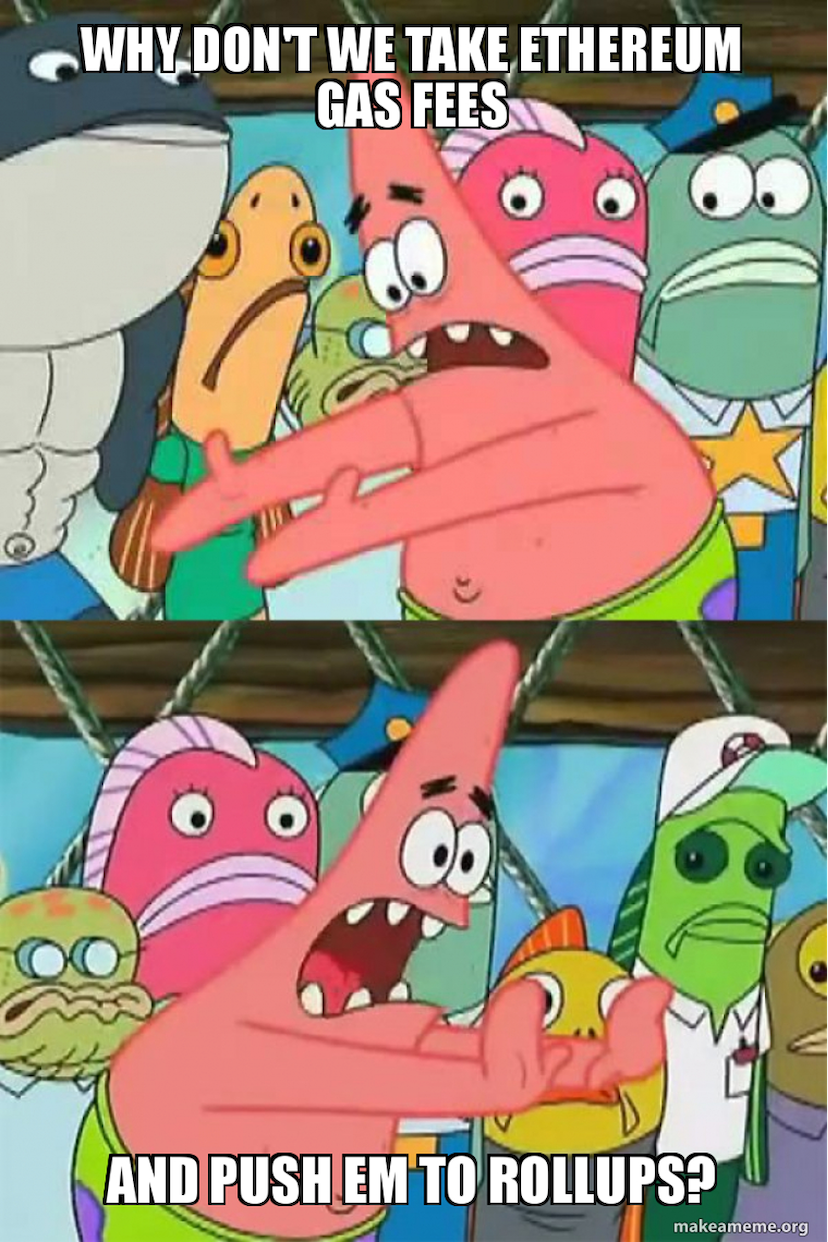
There are two main types of Rollup: Optimistic and Zero-Knowledge Proof (zk), each style has its own design trade-offs, such as security model and development speed.
Especially for on-chain gaming, Rollup offers a variety of benefits, such as:
1. Scalability: The high transaction fees of L1 blockchains such as Ethereum have been a major barrier to entry for many gamers. Rollup can significantly reduce these costs by reducing transaction congestion, making it more affordable for potential players to play on-chain games.
2. Improved user experience: With lower transaction fees and faster confirmation times, players can enjoy a smoother and silkier gaming experience. This is crucial for real-time gaming experiences where every millisecond counts.
3. Security: Rollups maintain a high level of security by ultimately anchoring the data on the L1 blockchain. This ensures that the security of the L1 blockchain extends to L2, making it a secure gaming environment.
Despite these benefits, universal rollups are insufficient for hosting on-chain games.
Traditional blockchain virtual machines are more suitable for financial applications, while general blockchain networks hosting various applications do not have the throughput capabilities to meet the above needs.
We need cutting-edge L2 blockchains built specifically for this task.
This is where Rollups optimized for on-chain gaming come in.
Next, let's take a look at the different stacks being built.
AltLayer
AltLayer bird's eye view
One of the upcoming strategies to enhance on-chain scalability is horizontal scaling.
Horizontal scaling refers to the use of multiple "hidden" Rollups operating on the same application, with the application's user interface seamlessly guiding the user to the appropriate Rollup to perform transactions based on factors such as capacity, location, or specific application preferences.
AltLayer is a well-known rollup solution that utilizes this design.
AltLayer currently provides tasks for various on-chain games such as "2048". If you've had the chance to play them, you'll be using sharded rollups when clicking on your area without realizing it.
Another benefit of AltLayer is the creation of a localized fee market where actions such as minting or trading an NFT do not affect fees associated with other NFTs or games.
However, this solution also has its drawbacks, such as the lack of communication between Rollups, which makes it difficult to apply to all on-chain game models.
In July 2022, AltLayer raised US$7.2 million in funding, led by Polychain Capital, Breyer Capital and Jump Capital, with participation from angel investors such as Balaji Srinivasan and Kain Warwick.
Games built using AltLayer:
- Ottie 2048 (https://altitude.altlayer.io/)
- Cellula (https://www.cellula.live/ )
- Loot Royale (https://rolluproyale.netlify.app/game)
World Engine
High-level overview of World Engine
Another solution similar to the AltLayer architecture is Argus Labs' World Engine.
World Engine leverages the Sharded Rollup SDK to enable game developers to build their own horizontally scalable blockchain while inheriting the security features of L1 blockchains.
World Engine is an EVM-compatible solution that enables developers to leverage Ethereum's extensive developer ecosystem to build rollup solutions. Due to this EVM compatibility, World Engine-based L2 can integrate seamlessly with all Ethereum wallets and tools.
Argus is building more than just an on-chain gaming engine, as the company has three business segments, including:
- their research labs
- a game studio
- a game publisher
They recently raised $10 million in funding, led by Haun Ventures, with participation from Robot Ventures and a host of angel investors including Balaji Srinivasan, Elad Gil, and others.
Games built using the world engine:
- 1st party titles
- Paima Engine
Macro design of Paima
Paima is a framework for creating L2 for on-chain gaming and autonomous worlds.
With Paima, developers can quickly build their applications using familiar Web2 programming languages such as JavaScript. Additionally, due to its application-specific nature, each Paima L2 does not require a cross-chain bridge to operate.
Paima also supports other game-friendly features, such as Stateful NFT, an NFT whose metadata is automatically updated based on the user's on-chain operations.
Paima recently announced that they received $1.4 million in funding from Cardano to further develop infrastructure for on-chain gaming and autonomous worlds.
Games built with Paima:
- Tarochi (https://twitter.com/TarochiGame)
- Jungle Wars (https://paimastudios.com/junglewars/ )
- Tower Defense (https://paimastudios.com/tower-defense/ )
Keystone
Warcraft: Keystone Edition
Another L2 framework optimized for on-chain games is Curio’s Keystone.
Keystone integrates OP Stack, EVM-compatible L2 and high-frequency game engines.
This dynamic combination, along with other features such as support for the Go programming language and ECS, enables developers to create high-performance on-chain games that rival off-chain games.
In the future, you can also look forward to Keystone support for data availability layers such as Celestia.
In February 2022, Curio raised $2.9 million in a funding round led by Bain Capital Crypto and TCG Crypto.
Games built with Keystone:
- Warcraft: Keystone Edition
write at the end
Builders seem to have taken Vitalik's advice, as the power of L2-based on-chain gaming infrastructure is exploding!
While scaling challenges remain, frameworks for building application-specific L2s optimized for on-chain games like AltLayer, World Engine, Paima, and Keystone are helping to provide solutions to many of these problems.
Of course, there are other complementary scaling technologies that will come into play in the future, such as Playmint's proof-of-client, and general-purpose Rollups with strong on-chain gaming ecosystems, such as Starknet and Arbitrum Nova.
As we can see, the scaling war is here and has only just begun.
What really makes these L2 stacks stand out is not just their technology, but the vibrant communities that have gathered behind them.




